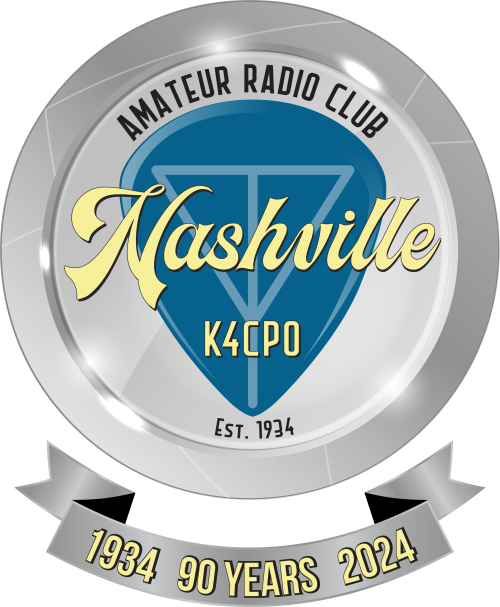This unique hobby is a mix of fun, public service and convenience is the distinguishing characteristic of Amateur Radio. Although hams get involved for many reasons, they all have in common a basic knowledge of radio technology and operating principles, and pass an examination for the FCC license to operate on radio frequencies known as the “Amateur Bands.” These bands are radio frequencies reserved by the Federal Communications Commission (FCC) for use by hams at intervals from just above the AM broadcast band all the way up into extremely high microwave frequencies.
What is the Appeal of Ham Radio?
Some hams are attracted by the ability to communicate across the country, around the globe, or even with astronauts on space missions. Others may like to build and experiment with electronics. Computer hobbyists enjoy using Amateur Radio’s digital communications opportunities. Those with a competitive streak enjoy “DX contests,” where the object is to see how many hams in distant locations they can contact. Some like the convenience of a technology that gives them portable communication. Mostly we use it to open the door to new friendships over the air or through participation in one of more than 2000 Amateur Radio clubs throughout the country.
Why Do You Need a License?
Although the main purpose of Amateur Radio is fun, it is called the “Amateur Radio Service” because it also has a serious face. The FCC created this “Service” to fill the need for a pool of experts who could provide backup during emergencies. In addition, the FCC acknowledged the ability of the hobby to advance the communication and technical skills of radio, and to enhance international goodwill. This philosophy has paid off. Countless lives have been saved where skilled hobbyists act as emergency communicators to render aid, whether it’s during an earthquake in Italy or a hurricane in the U.S.
Do I have to Learn Morse Code?
Not any more! While many hams enjoy using Morse code, it is not required.
What are the Amateur Radio Bands?
Look at the dial on an old AM radio and you’ll see frequencies marked from 535 to 1605 kilohertz. This is one radio “band.” There are other bands of radio spectrum for amateur, government, military and commercial radio uses. If you could hear the many different bands, you would find aircraft, ship, fire and police communication, as well as the so-called “shortwave” stations, which are worldwide commercial and government broadcast stations from the U.S. and overseas. Amateurs are allocated 26 bands (i.e., specific groups of frequencies) spaced from 1.8 Megahertz, which is just above the broadcast radio frequencies, all the way up to 275 Gigahertz! Depending on which band we use, we can talk across town, around the world, or out to satellites in space. Hams can even bounce signals off the moon!
How Much Does it Cost?
Basic study materials for passing the FCC test and getting your initial license usually cost less than $40. There are also classes held by many local groups for people who want more interaction. If possible, taking part in one of these classes is the best way to go, but there’s even an online course you can take if your personal schedule is too hectic. Once you have your first license, most hams find it best to start with simple equipment and grow over time. It usually costs less than $200 to get your own first radio and start saying Hello. Many ham radio flea markets are held all over the country that sell good used equipment for even less.
What is the ARRL?
Founded in 1914, the 150,000-member ARRL – The National Association for Amateur Radio® is the national association for Amateur Radio in the USA. Other countries also have their own national associations. The ARRL not only reflects the commitment and many enthusiasms of American hams, but also provides leadership as the voice of Amateur Radio in the USA, whether in dealings with the Federal Communications Commission, the World Administrative Radio Conference, the International Amateur Radio Union or with the general public. The ARRL is the primary source of information about what is going on in the ham radio world. It provides books, news, support and information for individuals and clubs, special operating events, all sorts of continuing education classes and other benefits for its members. Being a member of the ARRL is important for hams!
